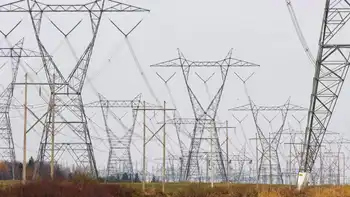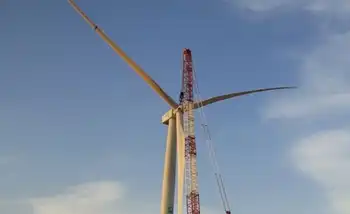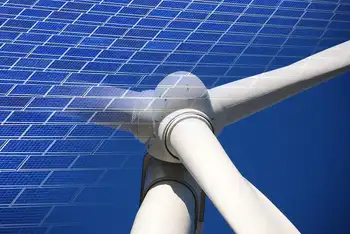AmericaÂ’s new nuclear option
By Steven Chu, Wall Street Journal
Protective Relay Training - Basic
Our customized live online or in‑person group training can be delivered to your staff at your location.

- Live Online
- 12 hours Instructor-led
- Group Training Available
Last month President Obama pledged more than $8 billion in conditional loan guarantees for what will be the first U.S. nuclear power plant to break ground in nearly three decades. And with the new authority granted by the president's 2011 budget request, the Department of Energy will be able to support between six and nine new reactors.
What does all of this mean for the country? This investment will provide enough clean energy to power more than six million American homes. It will also create tens of thousands of jobs in the years ahead.
Perhaps most importantly, investing in nuclear energy will position America to lead in a growing industry. Worldwide electricity generation is projected to rise 77% by 2030. If we are serious about cutting carbon pollution then nuclear power must be part of the solution. Countries such as China, South Korea and India have recognized this and are making investments in nuclear power that are driving demand for nuclear technologies. Our choice is clear: Develop these technologies today or import them tomorrow.
That is why — even as we build a new generation of clean and safe nuclear plants — we are constantly looking ahead to the future of nuclear power. As this paper recently reported, one of the most promising areas is small modular reactors (SMRs). If we can develop this technology in the U.S. and build these reactors with American workers, we will have a key competitive edge.
Small modular reactors would be less than one-third the size of current plants. They have compact designs and could be made in factories and transported to sites by truck or rail. SMRs would be ready to "plug and play" upon arrival.
If commercially successful, SMRs would significantly expand the options for nuclear power and its applications. Their small size makes them suitable to small electric grids so they are a good option for locations that cannot accommodate large-scale plants. The modular construction process would make them more affordable by reducing capital costs and construction times.
Their size would also increase flexibility for utilities since they could add units as demand changes, or use them for on-site replacement of aging fossil fuel plants. Some of the designs for SMRs use little or no water for cooling, which would reduce their environmental impact. Finally, some advanced concepts could potentially burn used fuel or nuclear waste, eliminating the plutonium that critics say could be used for nuclear weapons.
In his 2011 budget request, President Obama requested $39 million for a new program specifically for small modular reactors. Although the Department of Energy has supported advanced reactor technologies for years, this is the first time funding has been requested to help get SMR designs licensed for widespread commercial use.
Right now we are exploring a partnership with industry to obtain design certification from the Nuclear Regulatory Commission for one or two designs. These SMRs are based on proven light-water reactor technologies and could be deployed in about 10 years.
We are also accelerating our R&D efforts into other innovative reactor technologies. This includes developing high-temperature gas reactors that can provide carbon-free heat for industrial applications, as well as advanced reactor designs that will harness much more of the energy from uranium.
Just as advanced computer modeling has revolutionized aircraft design-predicting how any slight adjustment to a wing design will affect the overall performance of the airplane, for example-we are working to apply modeling and simulation technologies to accelerate nuclear R&D. Scientists and engineers will be able to stand in the center of a virtual reactor, observing coolant flow, nuclear fuel performance, and even the reactor's response to changes in operating conditions. To achieve this potential, we are bringing together some of our nation's brightest minds to work under one roof in a new research center called the Nuclear Energy Modeling and Simulation Hub.
These efforts are restarting the nuclear power industry in the U.S. But to truly promote nuclear power and other forms of carbon-free electricity, we need long-term incentives. The single most effective step we could take is to put a price on carbon by passing comprehensive energy and climate legislation. Requiring a gradual reduction in carbon emissions will make clean energy profitable-and will fuel investment in nuclear power.











